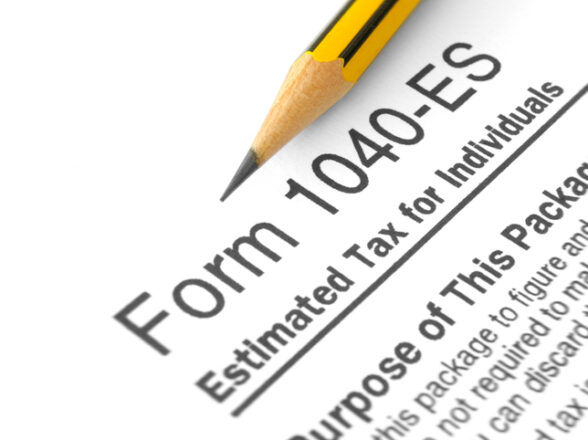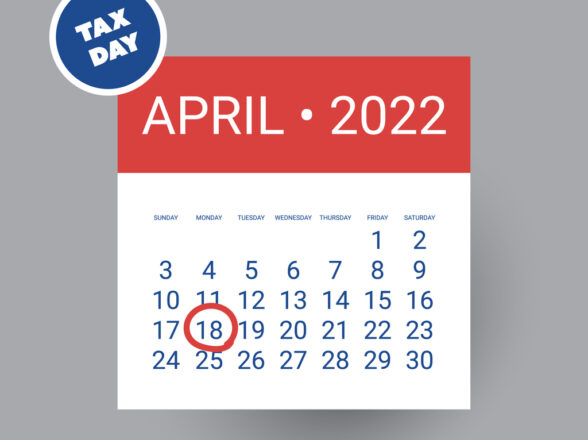Blog
Senior Executives: An Intro to 10b5-1 Plans

Are you a corporate senior executive with too much publicly traded company stock? If so, you are not alone. At Infinium Investment Advisors, often times we find insiders with a large portion of their portfolio allocated to company stock. Additionally, due to blackout periods these senior executives may have just weeks or even days each year within which they are allowed to trade shares. The investment landscape is littered with examples of insiders who lost millions in net-worth because they held too much company stock which subsequently fell in value. Remember Tyco, Enron, and MCI Worldcom to name a few? Concentrated stock positions pose a major problem of how to diversify the risk of a single stock when your hands are tied. The solution could lie in a strategy that few advisors discuss with their clients: a 10b5-1 trading plan.
In late 2000, the SEC established rule 10b5-1 that allows for U.S. corporate insiders to enter into predetermined trade plans which can be executed outside of normal blackout periods. 10b5-1 plans provide the means through which the trade stock with what is called an “affirmative defense” against accusations of trading based on inside information. The idea here is that, as long as the 10b5-1 plan is properly structured and followed, it affords the insider a strong barrier of protection from the threat that the insider has traded on material non-public information.
Insiders who use 10b5-1 plans sell (or buy) a predetermined number of shares at a predetermined time which could last anywhere from three-to-12 months under a typical ploy. For example, a senior executive may choose to sell 2,000 shares at the beginning of every month as long as the stock is above a certain price to diversify his or her corporate retirement plan holdings. Likewise, an insider who needs liquidity for a child’s college expenses may set up a 10b5-1 plan to sell stock before each tuition payment is due.
Ironically, 10b5-1 trading plans are an extremely effective tool when used properly yet the professional advisor community at-large does not discuss them enough. Given the sometimes complicated structure of these ploys, we highly suggest seeking the advice of an experienced team when considering the usefulness of 10b5-1 plans in your own personal situation. At the very least, consult your attorney or company’s corporate counsel before making any investment decisions.
10b5-1 FAQS
Who may participate in a 10b5-1 trading plan?
Any person or entity may take part to buy or sell securities as long as they adhere to the requirements and do not use this means as a way to trade based on material inside information.
What kind of transactions can be entered through 10b5-1 plans?
These plans allow for purchases, sales, the exercise of options and the subsequent sale of the shares received, and monetization transactions. Trades entered on the basis of hedging or altering other transactions may not be made.
Can a 10b5-1 plan be used immediately after it is established?
A plan generally has a 30 day waiting period before trades can occur so that an appearance of a scheme to take advantage of material inside information is not created.
Who actually makes the trades?
Anyone other than the person establishing it can effectively carry out the trades, usually an investment professional appointed to assist in the design and implementation of the plan.
Can a 10b5-1 trading plan be modified, suspended, or terminated?
They should be established to prevent the need for amendment, suspension, or termination to maintain the good faith element and the defenses that the 10b5-1 provides relating to insider trading. If, however, modifications, suspensions, or terminations occur, a waiting period must be imposed before trades may be executed.
Does the company need to approve the 10b5-1 plan of an employee or director of the firm?
Typically, the minimum requirement for establishing them is written notice that a plan has been constructed for its securities.










































































































































